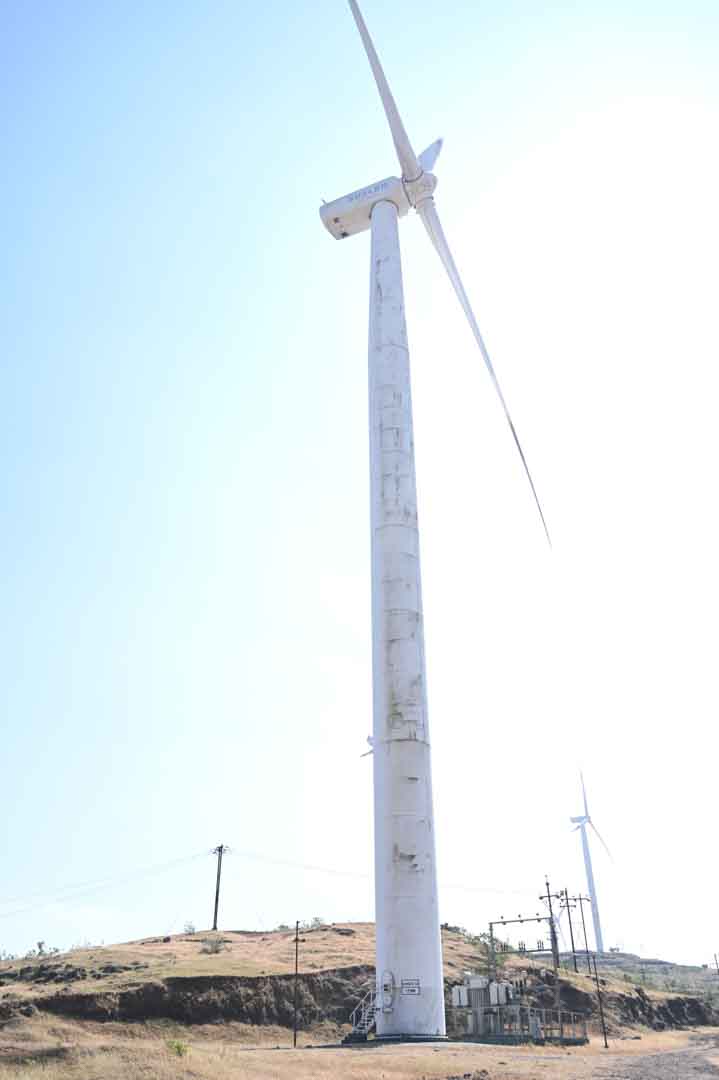Wind power replaces parts of fossil energy
Coal-based thermal power plants are one of the main sources of energy in India and also one of the largest CO2 emitters. This carbon offset project in the Nashik region in Maharashtra, India, replaces parts of the fossil energy by feeding renewable wind energy into the regional NEWNE power grid, which supplies north, east, west and northeast India. Four wind turbines with a total capacity of six megawatts were installed for this purpose.
The wind project generates approximately 12,530 megawatt hours of electricity per year and saves approximately 11,560 tons of CO2. With this and the creation of local jobs, the project contributes to sustainable development in India.

As the name suggests, wind turbines use the power of the wind to generate energy. During this process, a generator located inside the wind turbine converts kinetic energy into electrical energy. As energy is still mainly generated from fossil fuels in many areas around the world, clean wind energy can replace some of this fossil, high-emission energy and verifiably save CO2 emissions.
In most cases, the sustainably generated electricity from the wind power projects is fed into a regional power grid, which diversifies the power supply and improves energy security in regions that are frequently affected by power shortages and outages. A project often creates increased job opportunities for the local population and the area can be used for additional activities, such as agriculture. Wind power projects make an important contribution to a clean energy supply worldwide and contribute to sustainable development with respect to the UN Sustainable Development Goals (SDGs). Wind energy projects in the ClimatePartner portfolio are registered with international standards.
Explore our projects
Biochar for Climate Action, Healthy Soils, and Better Harvests

A certified climate project combined with additional commitment

Expansion of renewable energy generation in Asia

Ceramic water filters save CO2 and improve health

Improved cookstoves worldwide – for better health and cleaner air

A certified climate project combined with additional commitment

Powering access to renewable energy in Africa

A certified climate project combined with additional commitment

Restored ecosystems remove carbon

Turning degraded farmlands into healthy ecosystems

Improved cookstoves - better for health and the environment







